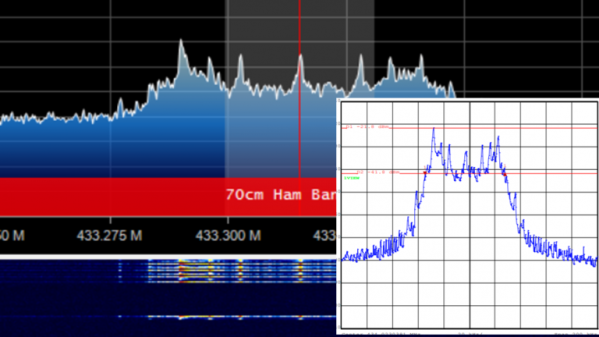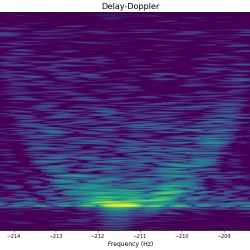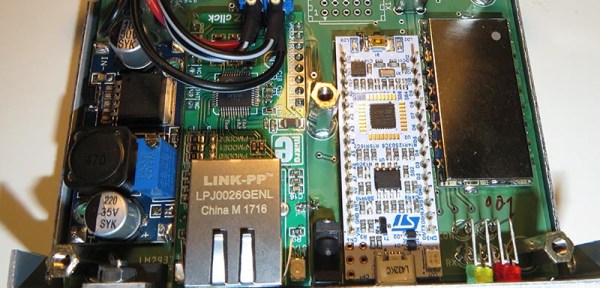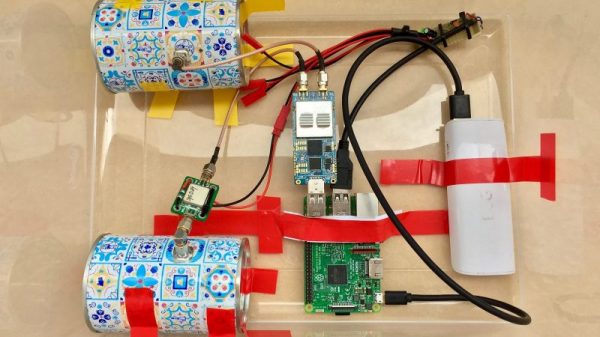There’s been a lot of buzz about Meshtastic lately, and with good reason. The low-power LoRa-based network has a ton of interesting use cases, and as with any mesh network, the more nodes there are, the better it works for everyone. That’s why we’re excited by this super-affordable Meshtastic kit that lets you get a node on the air for about ten bucks.
The diminutive kit, which consists of a microcontroller and a LoRa module, has actually been available from the usual outlets for a while. But [concretedog] has been deep in the Meshtastic weeds lately, and decided to review its pros and cons. Setup starts with flashing Meshtastic to the XIAO ESP32-S3 microcontroller and connecting the included BLE antenna. After that, the Wio-SX1262 LoRa module is snapped to the microcontroller board via surface-mount connectors, and a separate LoRa antenna is connected. Flash the firmware (this combo is supported by the official web flasher), and you’re good to go.
What do you do with your new node? That’s largely up to you, of course. Most Meshtastic users seem content to send encrypted text messages back and forth, but as our own [Jonathan Bennett] notes, a Meshtastic network could be extremely useful for emergency preparedness. Build a few of these nodes, slap them in a 3D printed box, distribute them to willing neighbors, and suddenly you’ve got a way to keep connected in an emergency, no license required.

















